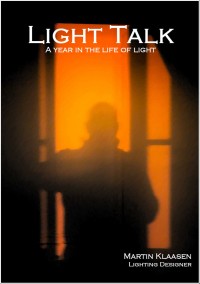Where does lighting design stop?
Shanghai, 29th April 2010
…and electrical design start? This is one of the questions I get asked frequently. What is in the scope of work of a lighting designer and what not…Of course it depends on the practices, but as pure professional architectural lighting designers we (as in my office) do not provide nor have the electrical design as a core competence. Whenever a client asks this to be part of our scope of works we engage an electrical specialist or outsource the work to them. I realize that there are practices that provide the both lighting design and electrical design consultancy, but in general we can draw a line between what is considered part lighting design and what part of electrical design.
To describe it simply I generally say that lighting design is all that is visible and electrical design is all that is hidden (behind ceilings, walls, in the ground, etc). In other words lighting design is about the selection of light fittings (and its associated controls), location of lights, integration of lights in the architectural structures and so on. We could say that is the “hard-ware” part. But there is also a “soft-ware” part to this which is the way we control the light and its lighting effects (looping), its energy management (power consumption/dimming/switching), comfort/quality requirements (color/glare/brightness). Basically when I turn on the switch it needs to switch on the lights in the way that I want.
But how it is achieved (wiring, cable size, switchboards, etc) is the responsibility of the electrical consultant. In practice however there are some “grey” areas as a result, specifically when it comes to the contractors installing the lighting, as sometimes the electrical contractor is different from the lighting installation contractor. So if we are not careful we end up with a missing link between the lighting point and the controls or transformers/ ballasts for instance.
Though we may be clear about our scope in terms of lighting design, we also need to translate that into a clearly defined scope for the contractors that will install our lighting design.

 The long awaited book compilation of Martin's first year of blogging is available. Order now.
The long awaited book compilation of Martin's first year of blogging is available. Order now. Feedspot Top 100 Lighting Blogs
Feedspot Top 100 Lighting Blogs
One Comment